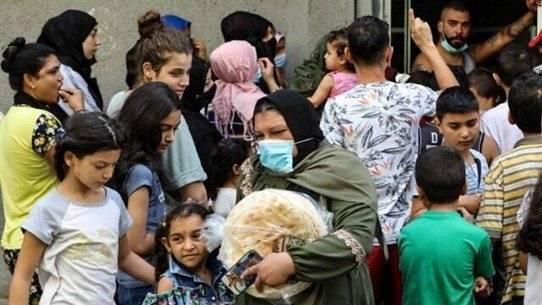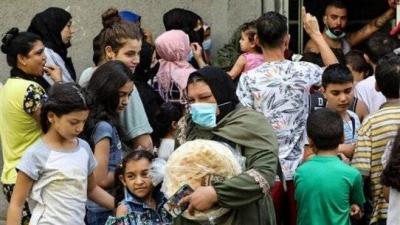Lebanon has come close, just 6 ranks away, to being at the top of the global index for the "worst" quality of life, with Beirut ranking 242 out of 248 cities worldwide included in an international report. Concurrently, the Lebanese capital topped the regional list for the cost of living among Arab cities, advancing to the 12th spot globally, approaching the reference cost in New York City, which serves as a measurement benchmark. These rankings are not surprising to residents who are suffering from the severe imbalance between shrinking incomes (salaries are still paid at the official dollar rate of 1,500 LBP, while its black market price nears 30,000 LBP) and hyperinflation surpassing 1,000 percent; this has driven about 80 percent of the population below the poverty line, according to documented reports from entities such as the United Nations, the World Bank, UNICEF, and numerous international financial institutions. Additionally, the basic elements for a decent life are almost entirely absent, particularly electricity, water, health coverage, and more, alongside the paralysis of all government services due to the open-ended strike led by public sector employees demanding a correction of their incomes and salaries.
In contrast, the indices issued by an international research firm, according to analysts and observers who spoke to "Asharq Al-Awsat", present undeniable evidence to support the catastrophic description derived by most international reports, which the country has reached amidst the "deliberate recession" instigated by the authorities and their confusion in addressing the monetary crisis over the past three years; this has led to a cumulative collapse of the national currency by nearly 95%, and a contraction of GDP and per capita income by over 60%, from $55 billion at the end of 2018 to around $22 billion this year.
Beirut emerged as the most expensive city among Arab cities when comparing its price levels with those in New York City, according to a report by the international statistics firm "Numbeo"; the cost of living index in Beirut reached 95.65 points, just 4.35 percent lower than the benchmark unit of 100 points for the American city. In comparison, Doha ranked second regionally in the cost of living index, holding the 225th position globally with a score of 60.91 points. Abu Dhabi came third in the region and 261st worldwide with a result of 56.13 percentage points.
Upon scrutinizing the components of the index, it becomes evident that the outcome is tragic when comparing the purchasing power of the population in Beirut. It plummeted from 47.18 points (before the crises) to just 11.73 points this year, a decrease of 88.27% compared to that of New York City. Similarly, the prices of goods scored 109.65 points in the adopted index, meaning that the prices of goods in Beirut are 9.65% higher than those recorded in the American city. Moreover, the overall score could have been much harsher had it not been for the reduction caused by the rental component, which scored 24.19 percentage points, and the restaurant prices, which scored 68.22 percentage points.
The global cost of living index ranks cities worldwide based on the results achieved when compared to New York City, relying on statistics recorded in four main categories: rental prices, goods prices, restaurant prices, and local purchasing power in those cities. The results showed Hamilton, Canada, in first place globally with a score of 145.98 points, meaning that prices in Hamilton are 45.98% higher than those in New York City. It was followed by Basel (Switzerland) with a result of 119.25 points, then Zurich with 118.67 points.
Simultaneously, the capital Beirut came last among Arab cities and ranked 242nd on a list of 248 global cities measured in the quality of life index for mid-2022 issued by "Numbeo," achieving a low score of 66.54 points compared to 225.26 points for Canberra, Australia, which recorded the highest quality of life score.
Results are derived based on eight key indicators for measuring quality of life levels: purchasing power index, safety index, healthcare index, cost of living index, home price-to-income ratio that reflects affordability of housing costs, traffic index or time needed for mobility, pollution index, and climate index. Positive classification occurs when the results are high in terms of purchasing power, healthcare, climate, and safety, while it is considered better for scores to be low for pollution index, home price-to-income ratio, cost of living index, and traffic index.




